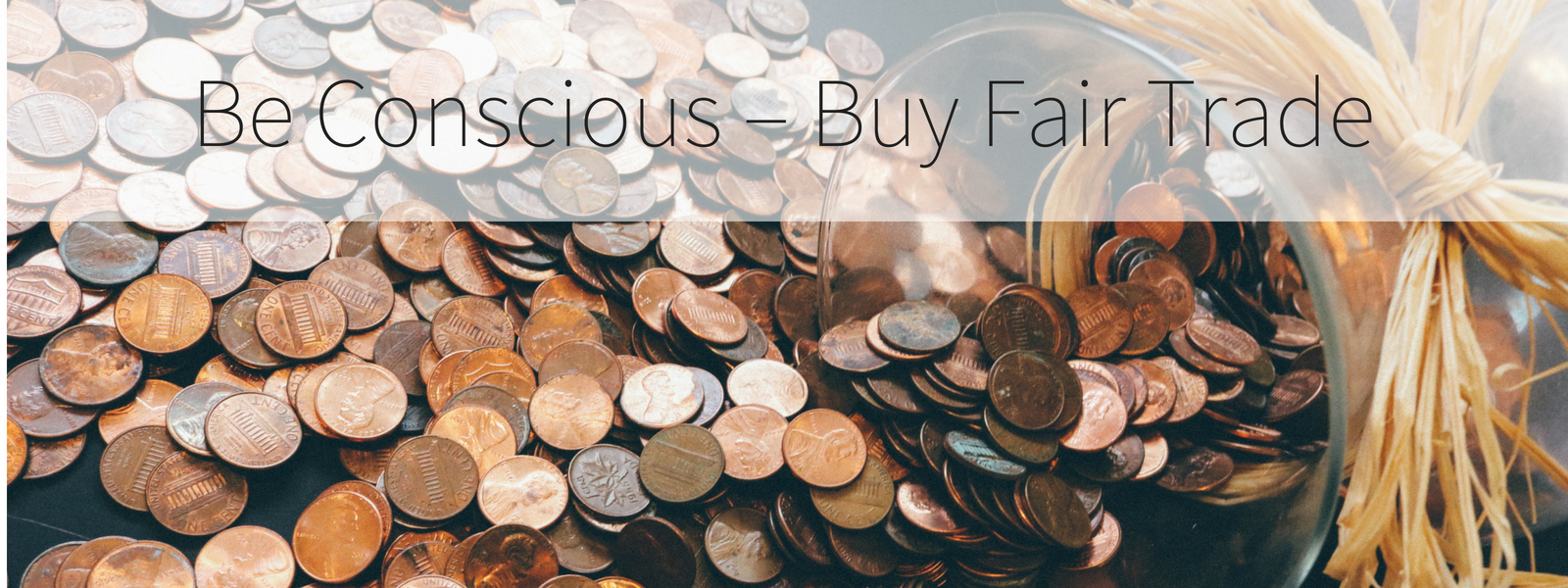
The Real Cost of Sugar
How much does a candy bar cost? Around 3 dollars, of course. But, think about much a candy bar really costs and the answer might be a bit different? Think about the labor that went into harvesting the cocoa and the sugar for those candy bars, how many hours it took to mix all of those products together in a factory, to mold them, to package them, and to ship them off to national or international grocery stores.

Now think about whether every piece of this process, every individual involved: were they all treated well? Paid fairly? What did the production of this candy bar cost them? Think about this, and your answer to our initial question might change.
Being a conscious consumer is not always easy. Sometimes, you might be checking out at the grocery store and that candy bar on the side of the cash register finally entices you to throw it into your basket—it happens to the best of us.
And of course, at that moment, when all you’re thinking about is unwrapping that paper and biting into the sweetness of milk, cocoa, and sugar blended together, you’re probably not thinking about where it came from or how it was produced. Or the even tougher question: who made it?
Unfortunately, some of the products in that candy bar—specifically the cocoa and sugar—might not be ethically sourced. The cocoa industry has received much heat in past years for their use of child labor in the harvesting of the beans, while the sugarcane industry is known for being made up of underpaid, overworked workers who work up to 15 hours for less than three dollars a day. That’s something that you’re not thinking about when you bite into that candy bar, and neither is much of the United States. It’s normal.
The mindset is that it doesn’t really affect us. However, that doesn’t mean that we don’t make an impact or a major contribution to either of these industries. In fact, the United States spends about 5.14 million on the import of cocoa a year, in addition to importing 220,000 tons of sugar annually from the Dominican Republic alone. Given the size of the population and the nature of U.S. consumerism, both of these are major contributions.
Of course, a complete overhaul of these systems is essentially impossible, and significant progress takes time. This is where the idea of conscious consumerism comes in—offering an easy resolution that promotes purchasing fair trade products—products sourced from fairly-paid producers—without sacrificing our ability to consume the products that we want to consume.
Conscious Consumerism
Conscious consumerism is about being in the know. It is about knowing where the product you are purchasing came from, who contributed to their creation, and if those people were treated with respect and paid fairly for their labor.

Fairtrade makes being a conscious consumer easy. All you have to do is look for a fair trade certification label. And if you’re worried that you can’t be a conscious consumer without becoming a Whole Foods health nut or breaking the bank, fear not. You can find a fair trade stamp on items at all major grocery stores across a range of products. From Three Twins and Ben & Jerry’s ice creams to Green and Black Chocolate to bananas and even popcorn, you can find all these products at your local Kroger, Vons, Ralphs, or Albertsons.
Being a conscious consumer doesn’t have to stop at the supermarket either. REI, Patagonia, PACT Apparel, Athleta, Deuter, Alta Gracia, and many other brands are either exclusively fair trade or carry fair trade products. Again, by being more conscious about purchasing apparel from these brands, you can be a conscious consumer without sacrificing style.
The cost of buying fair trade is only a few cents higher on food products, and the few extra dollars you’ll pay for a Patagonia fair trade swimsuit will provide you with lasting quality that a Forever 21 swimsuit just won’t. Not to mention that you know that the person who made your swimsuit was paid a good wage and worked in a clean and safe environment.
It might not seem like it when you’re just one consumer in a grocery or clothing store, but how we spend our money matters. So, next time you need a new outfit, invest in good-quality fair trade apparel. You won’t just be happy with your buy, but you’ll be investing in someone else’s future.
And next time you’re tempted by that candy bar on the side of the cash register, flip it around to check for a fair trade label.
Be in the know. Be Conscious. Be Fair. Buy Fair Trade.
Peace,
Elena
